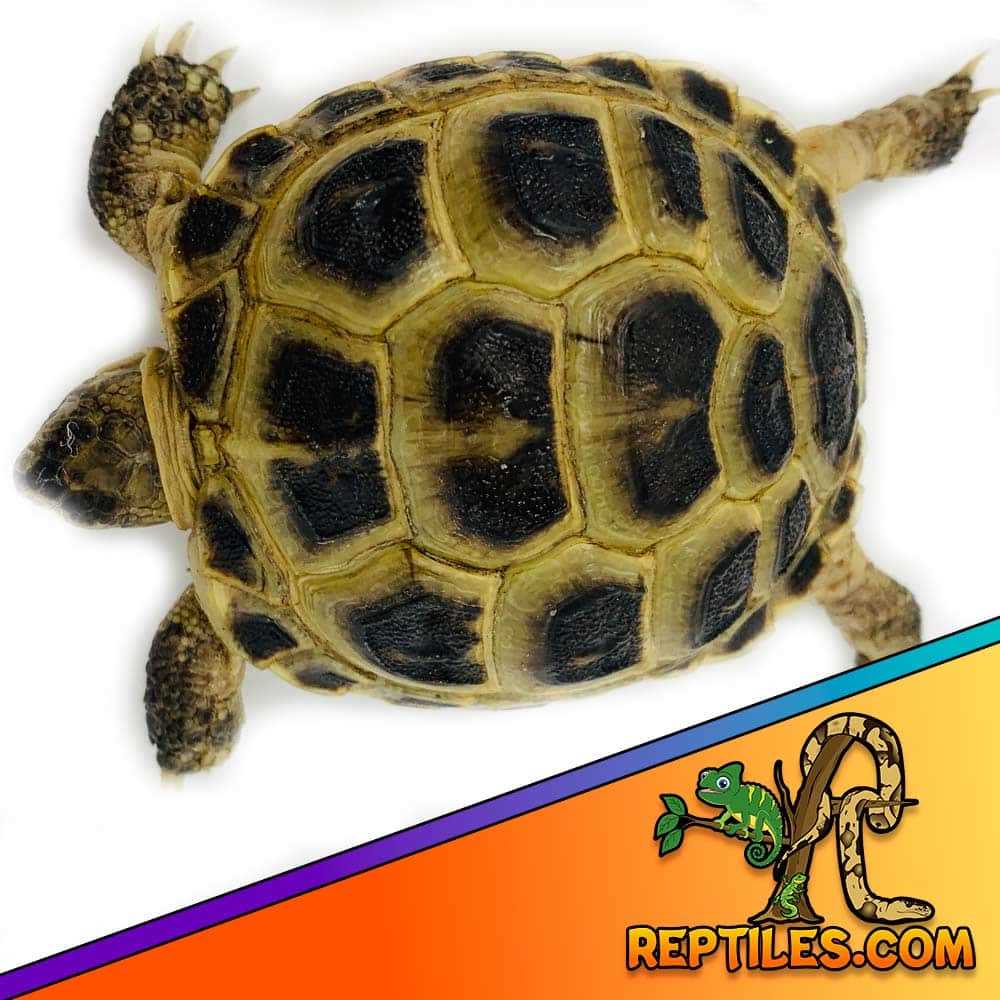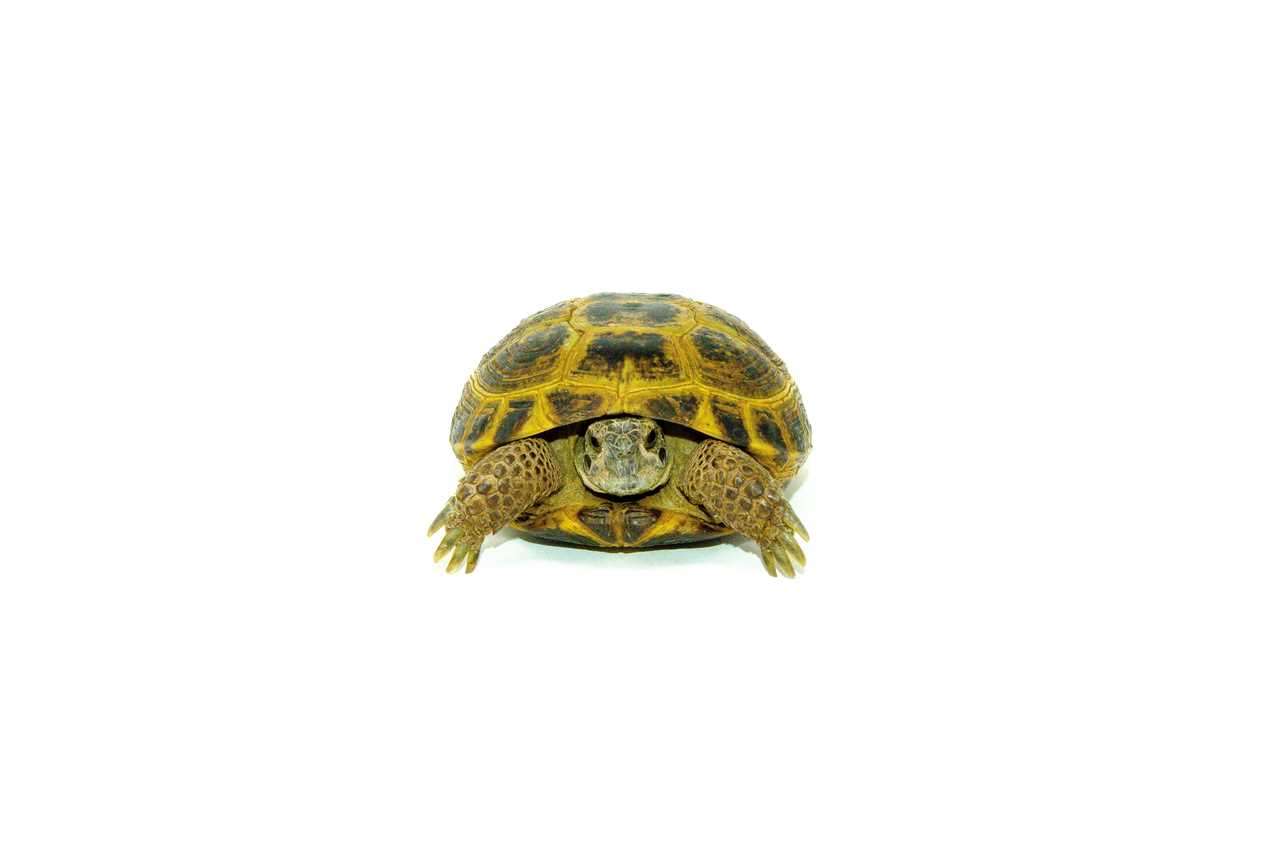If you are considering getting a pet, a Russian Tortoise might be a perfect choice. Not only are they adorable and captivating, but they also require minimal care and can live for several decades. However, one of the first questions that might come to mind is, “how much does a Russian Tortoise cost?”
The cost of a Russian Tortoise can vary depending on several factors. Firstly, the age of the Tortoise plays a significant role in determining the price. Younger Tortoises usually cost less than fully-grown adults. Additionally, the Tortoise’s sex can also affect the price, as females are generally more expensive due to their ability to lay eggs.
Another factor that influences the cost is where you purchase the Russian Tortoise from. Reputable breeders might charge more for their Tortoises, but they often come with guarantees of good health and proper breeding practices. On the other hand, pet stores may offer slightly lower prices, but there is usually less certainty about the Tortoise’s background and care.
How Much Does a Russian Tortoise Cost?
If you are considering getting a Russian tortoise as a pet, one of the first things you may want to know is the cost. The price of a Russian tortoise can vary depending on various factors, including where you purchase it and its age and size.
Purchase Price: The cost of buying a Russian tortoise can range from $50 to $200 or more. The price may be higher if you purchase it from a reputable breeder or a specialty pet store. Keep in mind that the initial cost of buying a tortoise is just the beginning of the expenses involved in owning one.
Additional Expenses: In addition to the purchase price, there are a few other expenses to consider when owning a Russian tortoise. These expenses may include:
- Terrarium or enclosure: A proper enclosure for a Russian tortoise can cost around $100 or more, depending on the size and materials used.
- Heating and lighting: Russian tortoises require specific temperature and lighting conditions. The cost of heat lamps, UVB bulbs, and thermostats can range from $50 to $100.
- Substrate and decorations: You will need to provide substrate for the enclosure, such as coconut coir or orchid bark, which can cost around $20. Decorations, such as rocks and plants, may also be needed to create a suitable habitat for the tortoise.
- Food and supplements: Russian tortoises have specific dietary needs, which may include fresh vegetables, fruits, and calcium supplements. The cost of food and supplements can vary but may range from $20 to $50 per month.
Factors Affecting the Cost:
Several factors can affect the cost of a Russian tortoise:
- Age and size: Younger tortoises tend to be less expensive compared to adults. Additionally, larger tortoises may come with a higher price tag.
- Rarity and demand: Certain subspecies or morphs of Russian tortoises may be more rare and, therefore, more expensive.
- Source: The source from which you purchase the tortoise can impact the price. Reputable breeders or specialty stores may charge more compared to pet stores or online sellers.
Factors Affecting the Price of a Russian Tortoise
When considering the cost of owning a Russian tortoise, there are several factors that can affect the price. These factors include the age, size, and gender of the tortoise, as well as its overall health and rarity.
1. Age and Size
2. Gender
3. Health
The overall health of a Russian tortoise can impact its price. Healthy tortoises that have been well-cared for and have no known health issues will generally be more expensive. On the other hand, tortoises with health problems or a history of illness may be sold at a lower price to reflect the potential cost of veterinary care.
4. Rarity
The rarity of a Russian tortoise can also play a role in its price. Some subspecies or color morphs of Russian tortoises may be more rare and therefore priced higher due to their desirability among collectors.
Cost of Buying a Russian Tortoise
Firstly, you will need to invest in a suitable enclosure for your Russian Tortoise. This can range from simple tanks to more elaborate setups that include heat lamps and UVB lighting. The cost of these enclosures can vary greatly depending on their size and features, but you can expect to spend anywhere from $100 to $500.
In addition to the enclosure, you will also need to purchase bedding material, such as coconut husk or reptile carpet, which can cost around $20 to $50. You will also need to provide your tortoise with a water dish, food dishes, and hiding spots, which can add another $20 to $50 to your expenses.
Furthermore, a proper diet is crucial for the health and well-being of your Russian Tortoise. They require a diet rich in leafy greens, vegetables, and fruits, as well as calcium and vitamin supplements. These dietary items can add up to an additional $20 to $50 per month.
Regular veterinary care is another cost to consider. It is recommended to take your Russian Tortoise for a check-up at least once a year, which can cost around $50 to $100 per visit. You should also factor in potential medical expenses for any health issues that may arise.
Additional Expenses for Owning a Russian Tortoise
2. Substrate: You will need to provide a substrate for your tortoise’s enclosure, such as reptile carpet, coconut coir, or cypress mulch. The cost of substrate can range from $10 to $50, depending on the size of the enclosure and the type of substrate you choose.
3. Food: Russian tortoises have specific dietary needs, which will require you to purchase fresh vegetables and occasional fruits. The cost of food will depend on the size of your tortoise and how often you need to restock. On average, you can expect to spend around $20 to $30 per month on food.
5. Accessories: You may also want to consider purchasing accessories for your tortoise, such as hiding spots, basking platforms, and water bowls. These items are not essential, but they can provide enrichment for your pet. The cost of accessories can vary, but you should budget for around $50 to $100.
6. Miscellaneous Expenses: It’s always a good idea to budget for unexpected expenses, such as cleaning supplies, additional lighting bulbs, and any other miscellaneous items that may be needed for your tortoise’s care. It’s recommended to set aside an additional $50 to $100 for these expenses.
Cost of Caring for a Russian Tortoise
Habitat Setup

Creating a suitable habitat for your Russian tortoise can involve some initial expenses. You will need to invest in a spacious enclosure or terrarium that allows for both indoor and outdoor areas. The enclosure should have proper heating and lighting to mimic the tortoise’s natural habitat. This may include purchasing heat lamps, UVB bulbs, and thermostats.
You will also need to provide a substrate, such as substrate soil or coconut fiber, for the tortoise to burrow and create nests. Additionally, you may want to include hiding spots, rocks, and logs to create a stimulating environment for your tortoise.
Dietary Needs
In addition to their plant-based diet, Russian tortoises also require calcium and other mineral supplements to maintain proper bone growth and shell health. These supplements may need to be purchased separately and added to their food.
Veterinary Care
Regular veterinary check-ups are essential for the health and well-being of your Russian tortoise. A reptile veterinarian will be able to assess your tortoise’s overall condition, provide vaccinations if necessary, and address any health concerns or issues.
Other Expenses
In addition to the basic care requirements, there may be other expenses associated with owning a Russian tortoise. These can include purchasing additional decor items for their enclosure, such as plants or climbing structures. You may also need to invest in a proper transport carrier for vet visits or travel.
Ways to Save Money on Owning a Russian Tortoise
Owning a Russian tortoise can be a rewarding experience, but it can also come with some expenses. However, there are ways to save money and still provide a comfortable and healthy environment for your pet. Here are some tips on how to cut costs without compromising on the well-being of your Russian tortoise:
1. DIY Enclosure
Instead of buying a costly pre-made enclosure for your Russian tortoise, consider building one yourself. You can use simple materials like plywood and wire mesh to create a secure and spacious habitat. This DIY approach not only reduces costs but also allows you to customize the enclosure according to your tortoise’s needs.
2. Natural Substrate
Instead of using expensive commercial substrates, consider using natural materials like organic topsoil, sand, or a mix of both. This not only saves money but also provides a more natural environment for your Russian tortoise, mimicking their natural habitat.
3. Grow Your Own Food
Russian tortoises have a mainly herbivorous diet, and their food can be a significant expense. To save money, consider growing some of their favorite greens and vegetables in your garden or in pots indoors. This way, you can ensure a fresh and varied diet for your tortoise without breaking the bank.
4. Choose Affordable Feeding Options
While it’s essential to provide a balanced diet for your Russian tortoise, you don’t have to rely solely on expensive commercial tortoise food. Supplement their diet with affordable options like leafy greens, vegetables, and fruits that are readily available in your local grocery store.
5. Buy Second-Hand Equipment

6. Special Offers and Sales
Keep an eye out for special offers or sales at your local pet stores or online reptile supply websites. They often have discounts or promotions that can help you save money on essential items like food, supplements, and housing materials.
7. Preventative Vet Care
Regular vet check-ups are crucial for the overall health of your Russian tortoise. However, preventive care can save you money in the long run by avoiding or catching potential health issues early on. By maintaining a healthy diet and habitat, providing proper hygiene, and observing your tortoise’s behavior, you can minimize the risk of costly veterinary interventions.
By implementing these money-saving strategies, you can provide a happy and healthy life for your Russian tortoise without breaking the bank. Remember, it’s all about finding a balance between the well-being of your pet and your budget.

I’m Lena Adams—a product of an unconventional upbringing in the African wilderness. My father, a daring explorer of African wildlife, sparked my fascination with reptiles, a passion that intertwined with the tragic loss of my mother during an expedition, leaving an indelible mark on my life. Driven to understand the creatures that captivated my parents, I embarked on my journey, sharing insights about reptiles, frogs, and lizards on my website. Through my explorations and conservation efforts, I honour my family’s legacy while seeking connections—to the creatures, nature, and the mother whose presence I yearn to understand.
